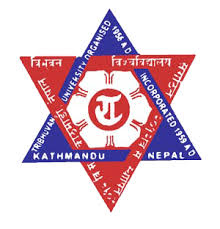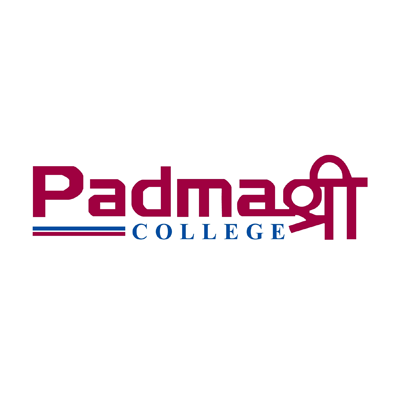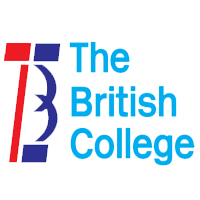Overview
Bachelor of Fine Arts (BFA) at Sirjana College of Fine Arts (SCoFA), Tribhuvan University
The Bachelor of Fine Arts (BFA) at Sirjana College of Fine Arts (SCoFA) is a four-year program under Tribhuvan University (TU) in Nepal. The curriculum supports studio practice, art history, and critical inquiry.
You learn through a structured foundation year and progress into majors such as Painting, Sculpture, Graphic Communications, Classical Music, Dance, and Traditional Nepali arts.
Highlights
-
Four-year TU-affiliated BFA with a studio-first approach.
-
Foundation year in drawing, painting, sculpture, and visual communication basics.
-
Choice of majors after the foundation phase, including Traditional Nepali specializations.
-
Continuous assessment through studio reviews, theory papers, and end-semester evaluations.
Curriculum Details
The first year functions as a foundation. Students build drawing discipline, color study, composition, and material handling. Core theory in History of Arts & Aesthetics supports practical work.
Years two to four deepen specialization. Painting students advance to exploratory studios; Sculpture students move from clay studies to wood and stone carving and composition; Graphic Communications students progress from typography and layout to identity systems and integrated campaigns; Music and Dance students grow through repertoire, rhythm cycles, performance craft, and stage practice. Nepal Studies appears in the final phase, connecting practice to local culture and heritage.
Objectives
-
Build strong fundamentals in line, form, space, and visual storytelling.
-
Develop independent studio habits and reflective critique.
-
Connect art practice to Nepali and global contexts through history and theory.
-
Prepare graduates for advanced study, creative work, teaching, and cultural projects.
Scope
Graduates enter practice as studio artists, visual communicators, performers, educators, curators, and cultural workers. Many pursue postgraduate study or residencies. Traditional majors add pathways in heritage conservation and gallery-ready work grounded in local methods.
Learning Outcomes
-
Produce a coherent portfolio that shows growth across four years.
-
Explain visual choices using art vocabulary and historical references.
-
Demonstrate technical fluency in the chosen major.
-
Present work publicly through displays, critiques, or performances.
Skill Development Modules
-
Drawing labs and life study sessions.
-
Material handling: clay, wood, stone, metal casting (for relevant majors).
-
Image creation, layout practice, and print workflows (Graphic Communications).
-
Rehearsal, repertoire development, and stage readiness (Music/Dance).
-
Research, writing, and documentation for theory courses.
Teaching Methodology
Studios run through weekly briefs, demonstrations, and critiques. Faculty guide projects and set milestones. Guest sessions, workshops, and exhibition practice strengthen real-world readiness. Assessment follows TU rules and internal rubrics shared each term.
Admission Requirements
-
Eligibility: +2 or equivalent accepted by TU for undergraduate entry.
-
Process: Application, document screening, and aptitude interaction relevant to the major.
-
Seats and session schedules follow TU and college notices.
Career Opportunities
-
Studio artist, illustrator, visual communicator, performer, teacher, gallery assistant, cultural project staffer, or independent practitioner.
-
Pathways to MA/MFA or specialized diplomas.
Scholarships and Financial Aid
Merit awards and college-supported recognitions exist across departments. Students should consult the office for current schemes, criteria, and deadlines during admission.
Why Choose This Course?
The program balances practice, theory, and public presentation. The foundation year sets habits that carry forward into focused majors. Exhibition and performance exposure prepare you for audiences beyond the classroom.
Conclusion
The BFA at SCoFA offers a structured pathway under TU, steady studio guidance, and public-facing practice. Students develop portfolios, present work, and graduate with skills suited to creative roles in Nepal and abroad.


















